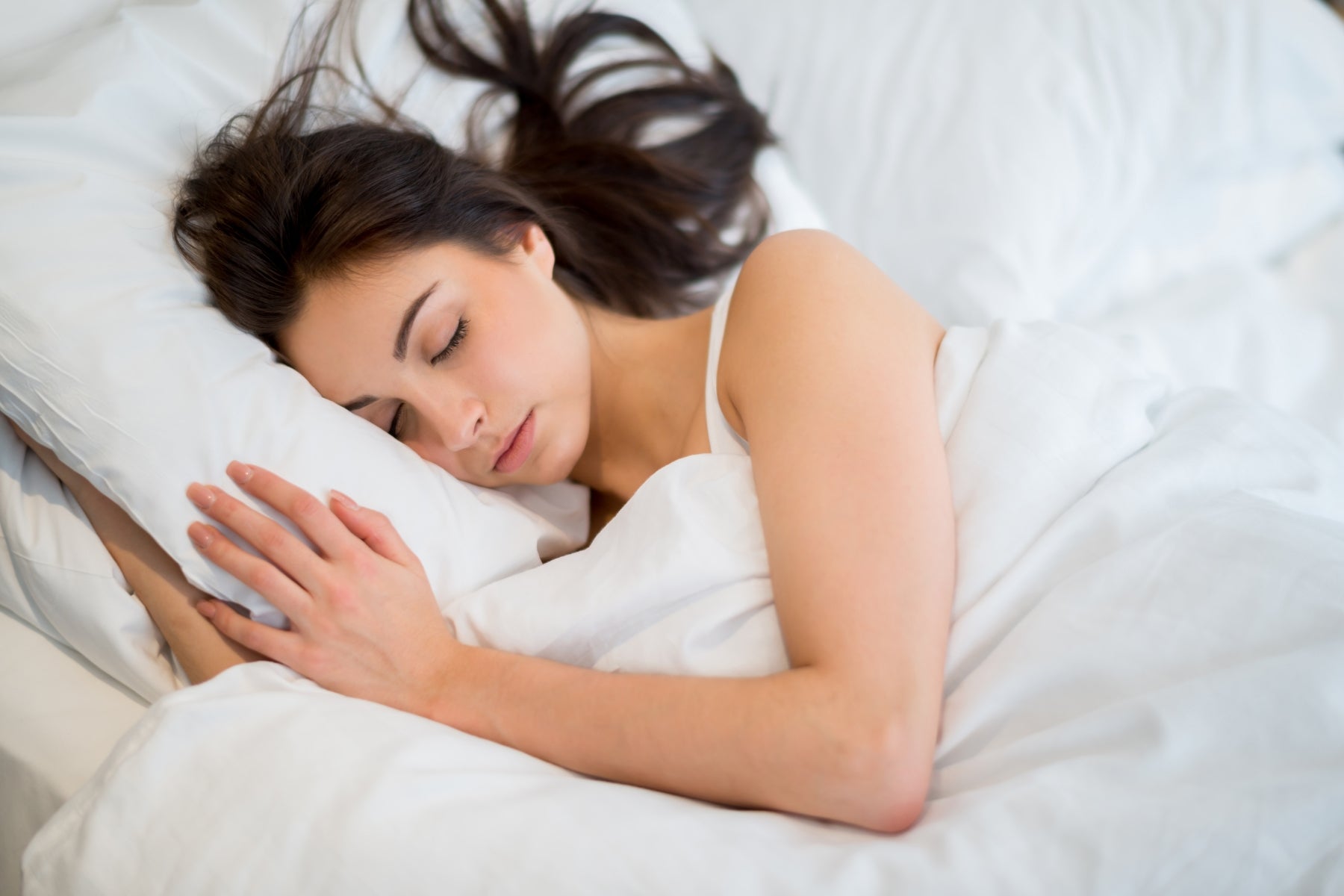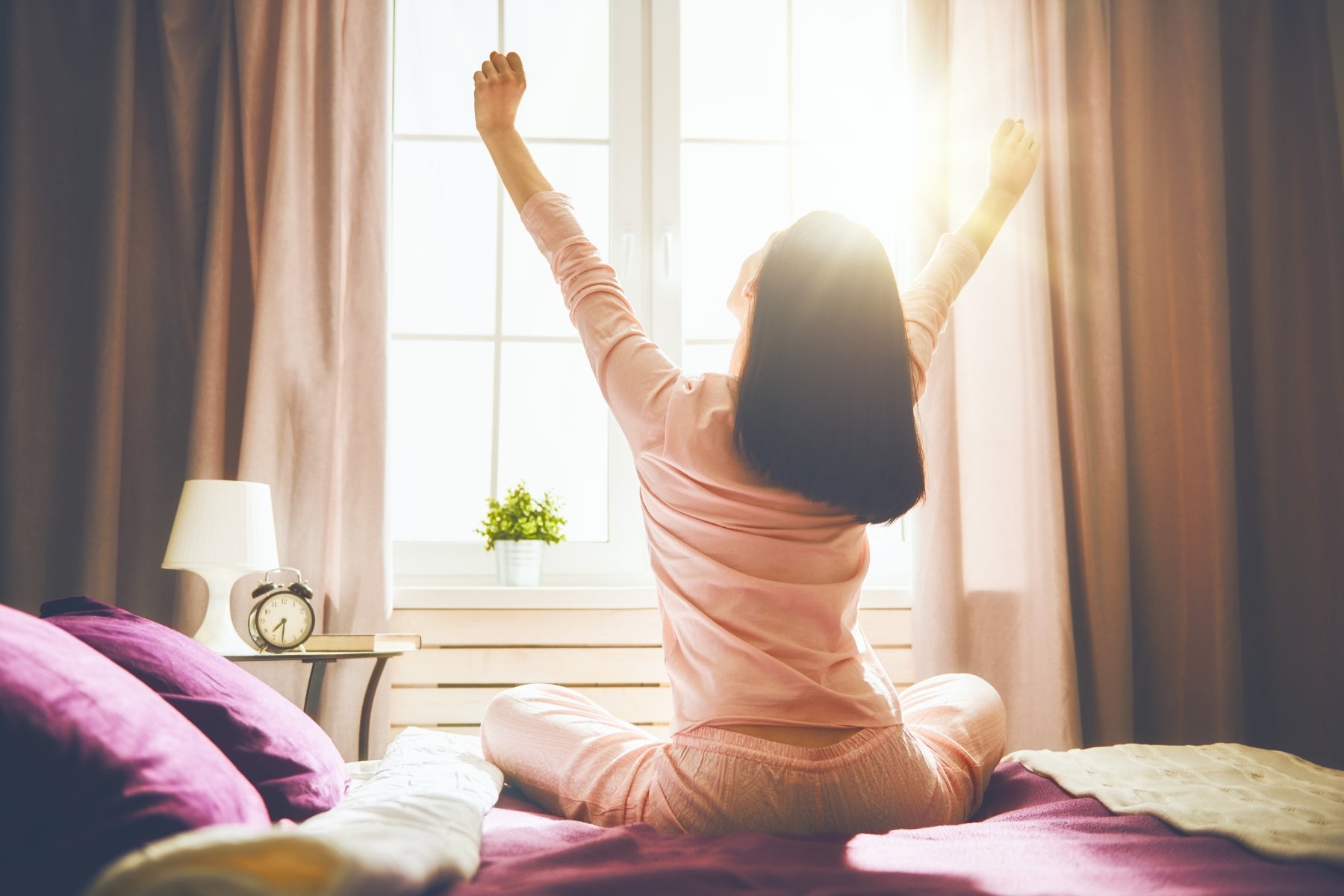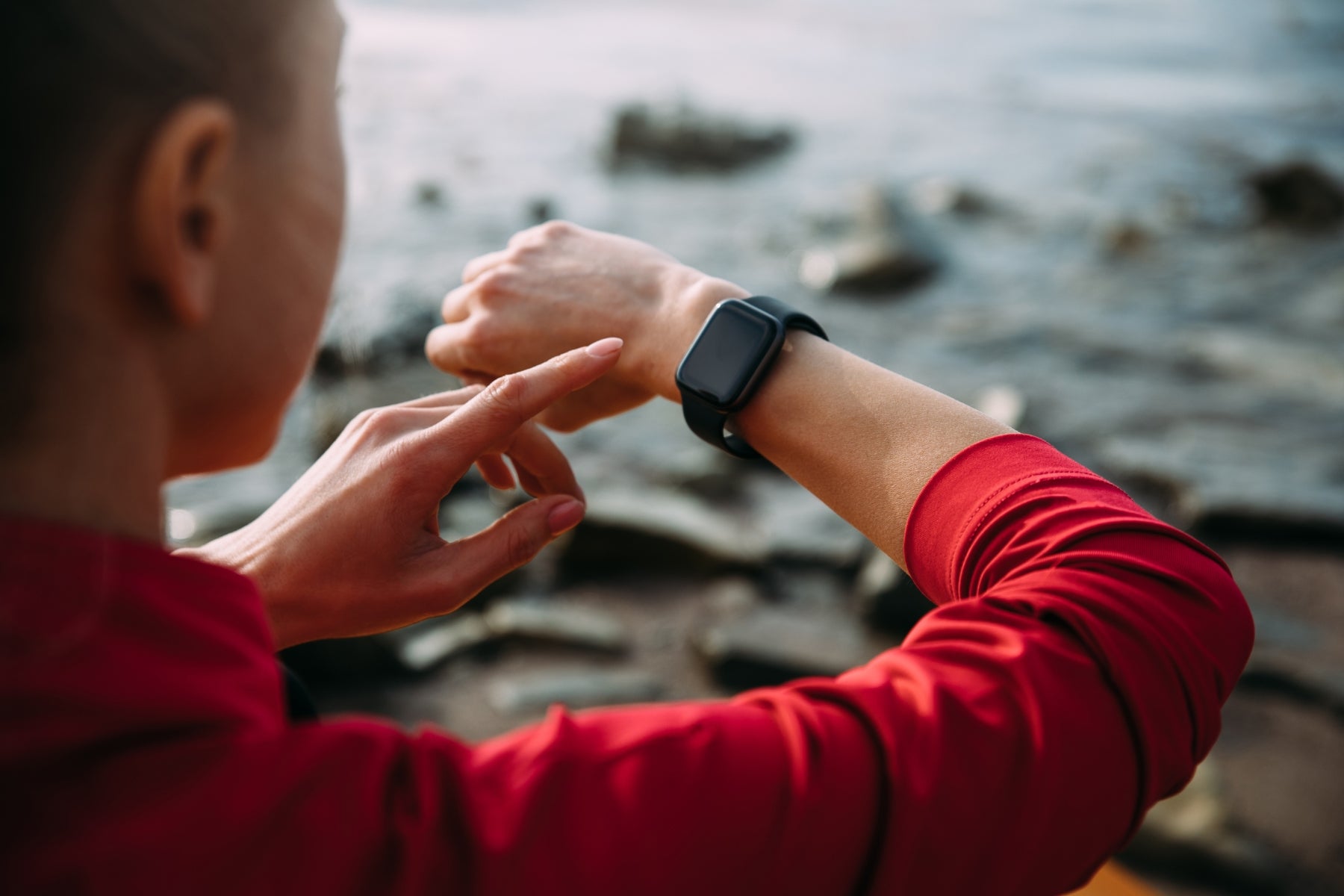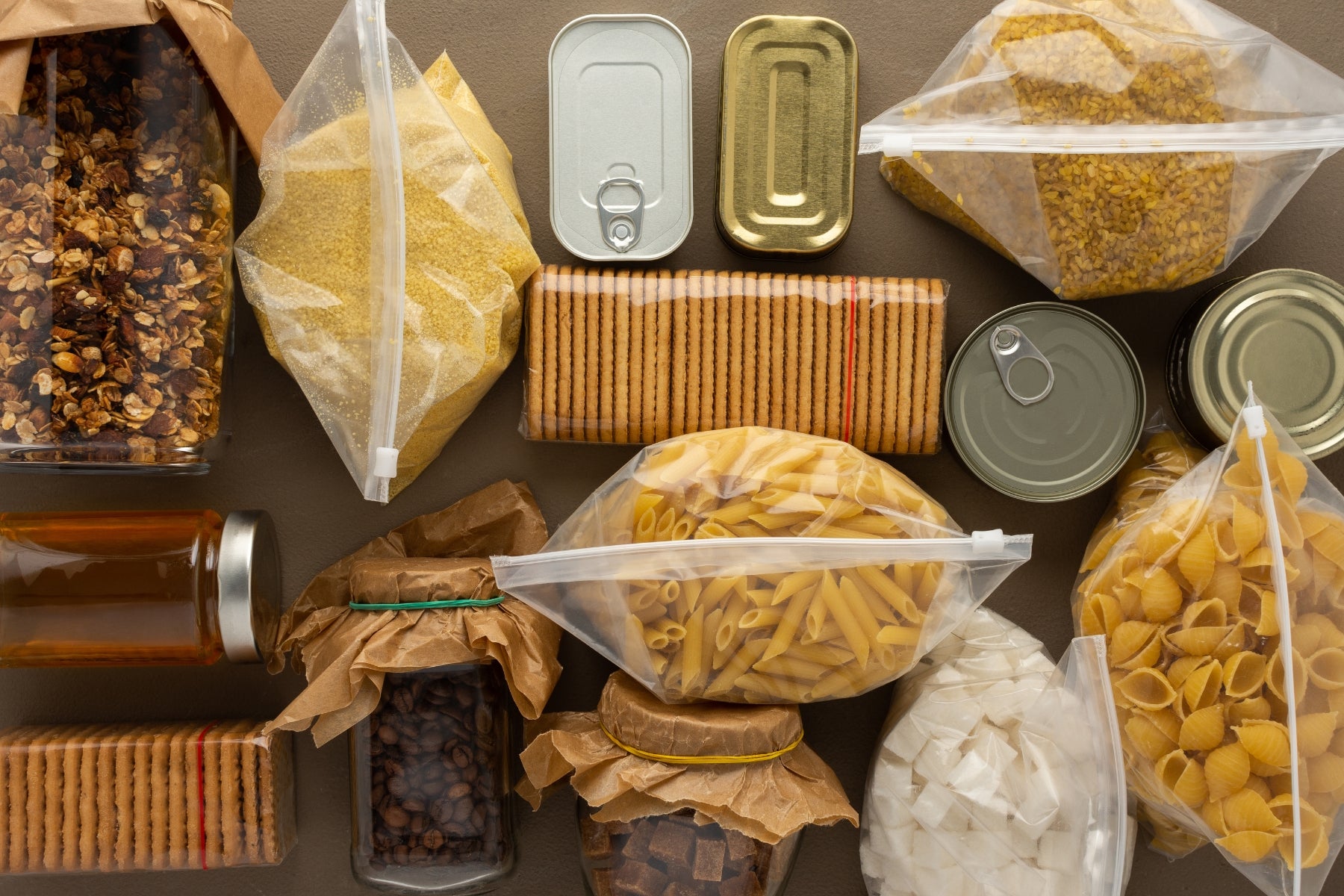Contents
1
Tips for falling asleep
Dark and cool - ideal room conditions for healthy sleep
Share your bed with your partner, not your smartphone - Blue light as a major cause of problems falling asleep
It's all about rhythm - good sleep hygiene with fixed rituals and times
Food makes the night - A balanced diet to combat restless sleep
No sport, no caffeine, no alcohol - at least not before going to sleep
The most important things in a nutshell: You should remember these tips for falling asleep
2
Why is restful sleep important?
Healthy sleep boosts your immune system
3
Healthy sleep vs. poor sleep: benefits and risks summarized
4
Adenosine and melatonin as the body's own sleep triggers
Hormones make it possible - adenosine and melatonin to fall asleep
Regenerate, detoxify, tidy up - how healthy sleep restores the body and brain overnight
5
Short and sweet: sleep hormones and processes at a glance
6
What constitutes healthy sleep?
6, 7 or 8 hours - What is the optimal sleep duration?
Quality or quantity? What is crucial for restful sleep?
What types of sleep are there and what is polyphasic sleep?
The four sleep phases
Side, stomach or back? What is a healthy sleeping position?
7
Conclusion
| Benefits of healthy sleep | Risks of sleep deprivation and poor sleep |
|---|---|
| Healthy sleep boosts your immune system | Too little sleep weakens your immune system |
| Healthy sleep helps to burn fat | too little sleep leads to weight gain and increases the risk of obesity and overweight |
| Healthy sleep makes you emotionally balanced and stress-resistant | too little sleep makes you moody, sensitive and susceptible to stress; increases the risk of depression |
| Healthy sleep increases mental and physical performance | too little sleep reduces performance and inhibits memory |
| too little sleep increases the risk of type 2 diabetes, high blood pressure, heart attacks and certain cancers |
| Sleep hormones and their functions | |
|---|---|
| Melatonin | The sleep hormone is released at dusk in line with our circadian rhythm and tells our body that it's time for bed |
| Adenosine | Produced in body cells when energy consumption is high and signals fatigue to the body after a lot of activity |
| Regeneration processes during sleep | |
| Glymphatic system cleanses and detoxifies your brain during deep sleep | |
| Brain processes emotions, information and experiences during the day | |
| Cells in the body are renewed | |
| Growth hormones allow children and adolescents to grow overnight & promote muscle development and bone maintenance in adults |



